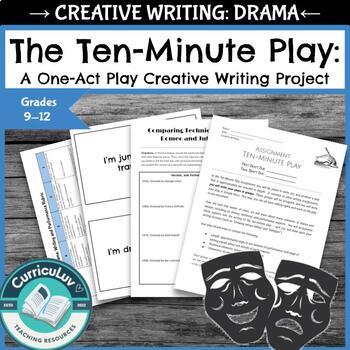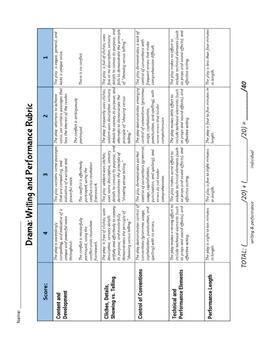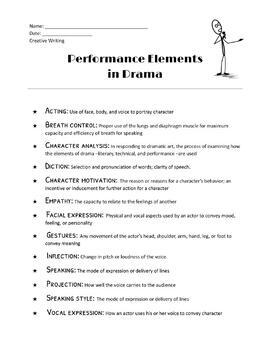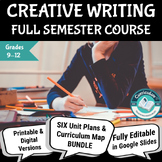The Ten-Minute Play: A Complete Unit for Writing a One Act Play, EDITABLE
- PDF
What educators are saying
Also included in
- This HUGE bundle contains everything a high school creative writing teacher needs to help students embark on an engaging writing journey. All the hard work is done for you to help reduce stress and prep time. Real classroom experience and examples are included based on my many years teaching this crPrice $78.00Original Price $97.50Save $19.50
Description
Add some DRAMA to your Creative Writing class! This complete drama unit spans 11 days (including in-class student work time, not including additional outside-of-class work days) and covers 10-minute play basics, examples, activities, rubrics, and formatting requirements. Always a fan favorite among my students, this group project lends itself well to online platforms such as Google Classroom where students can collaborate in one virtual space, as well as fun in-person activities. This unit includes teacher directions (3 slides' worth that detail day-by-day how I roll out this unit in my classroom) and an editable Google Slides link for all handouts and rubrics so you can customize them to fit your classroom's needs. Links to ten-minute play examples and videos are also included!






